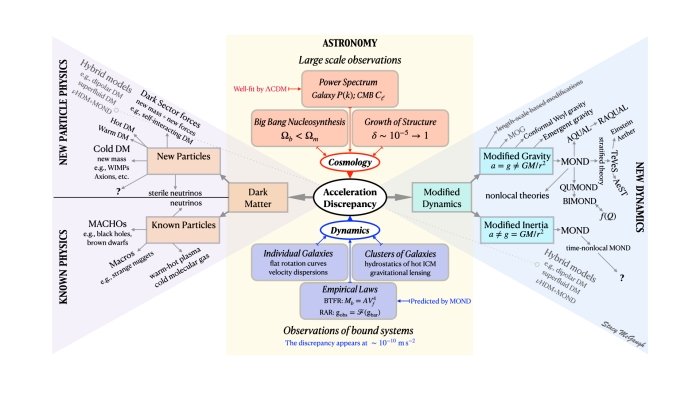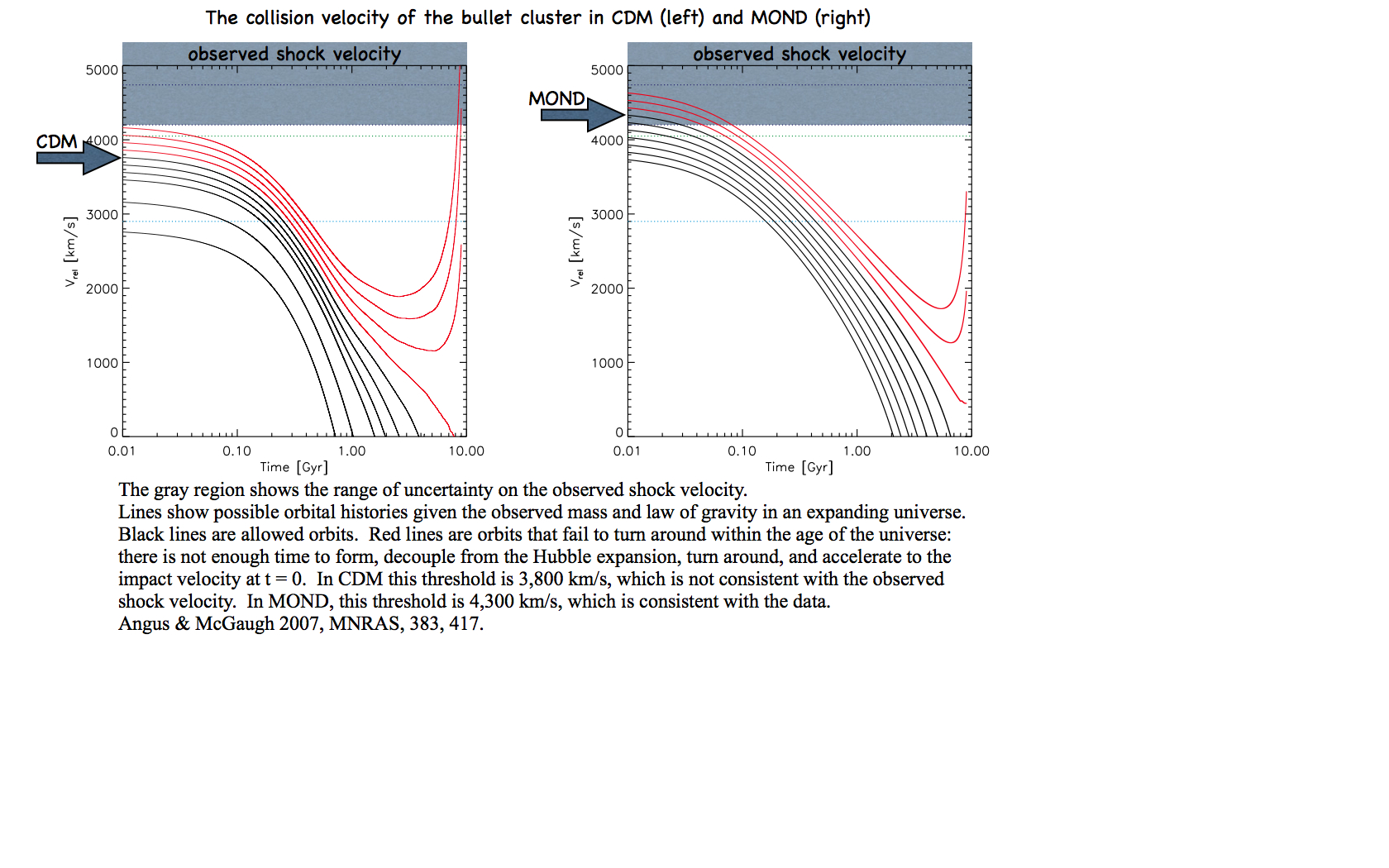I’m back from the meeting in St. Andrews, and am mostly recovered from the jet lag and the hiking (it was hot and sunny, we did not pack for that!) and the driving on single-track roads like Mr. Toad. The A835 north from Ullapool provides some spectacular mountain views, but the A837 through Rosehall is more perilous carnival attraction than well-planned means of conveyance. As expected, the most contentious issue was that of wide binaries.

Last time, I commented on the developing situation with binary stars as a test of MOND. I neglected to enable comments for that post, so have done so now. Indranil Banik has shared his perspective on wide binaries in a talk on the subject that is available on Youtube, included below. Indranil and his collaborators are not seeing a MOND effect in wide binaries. Others have, as I discussed in the previous post.

My last post about the Milky Way was intended to be a brief introduction to our home galaxy in order to motivate the topic of binary stars. There’s too much interesting to say about the Milky Way as a galaxy, so I never got past that. Even now I feel the urge to say more, like with this extended rotation curve that I included in my contribution to the proceedings of IAU 379.

I recently traveled to my first international meeting since the Covid pandemic began. It was good to be out in the world again. It also served as an excellent reminder of the importance of in-person interactions. On-line interactions are not an adequate substitute. I’d like to be able to recount all that I learned there, but it is too much. This post will touch on one of the much-discussed topics, our own Milky Way Galaxy.

I want to start by thanking those of you who have contributed to maintaining this site. This is not a money making venture, but it does help offset the cost of operations. The title is not related to this, but rather to a flood of papers addressing the questions posed in recent posts. I was asking last time “take it where?” because it is hard to know what cosmology under UT will look like. In particular, how does structure formation work?

Imagine if you are able that General Relativity (GR) is correct yet incomplete. Just as GR contains Newtonian gravity in the appropriate limit, imagine that GR itself is a limit of some still more general theory that we don’t yet know about. Let’s call it Underlying Theory (UT) for short.

Kuhn noted that as paradigms reach their breaking point, there is a divergence of opinions between scientists about what the important evidence is, or what even counts as evidence. This has come to pass in the debate over whether dark matter or modified gravity is a better interpretation of the acceleration discrepancy problem. It sometimes feels like we’re speaking about different topics in a different language.

Why does MOND get any predictions right? That’s the question of the year, and perhaps of the century. I’ve been asking it since before this century began, and I have yet to hear a satisfactory answer.

I would like to write something positive to close out the year. Apparently, it is not in my nature, as I am finding it difficult to do so. I try not to say anything if I can’t say anything nice, and as a consequence I have said little here for weeks at a time. Still, there are good things that happened this year. JWST launched a year ago. The predictions I made for it at that time have since been realized.

We are visual animals. What we see informs our perception of the world, so it often helps to make a sketch to help conceptualize difficult material. When first confronted with MOND phenomenology in galaxies that I had been sure were dark matter dominated, I made a sketch to help organize my thoughts.
